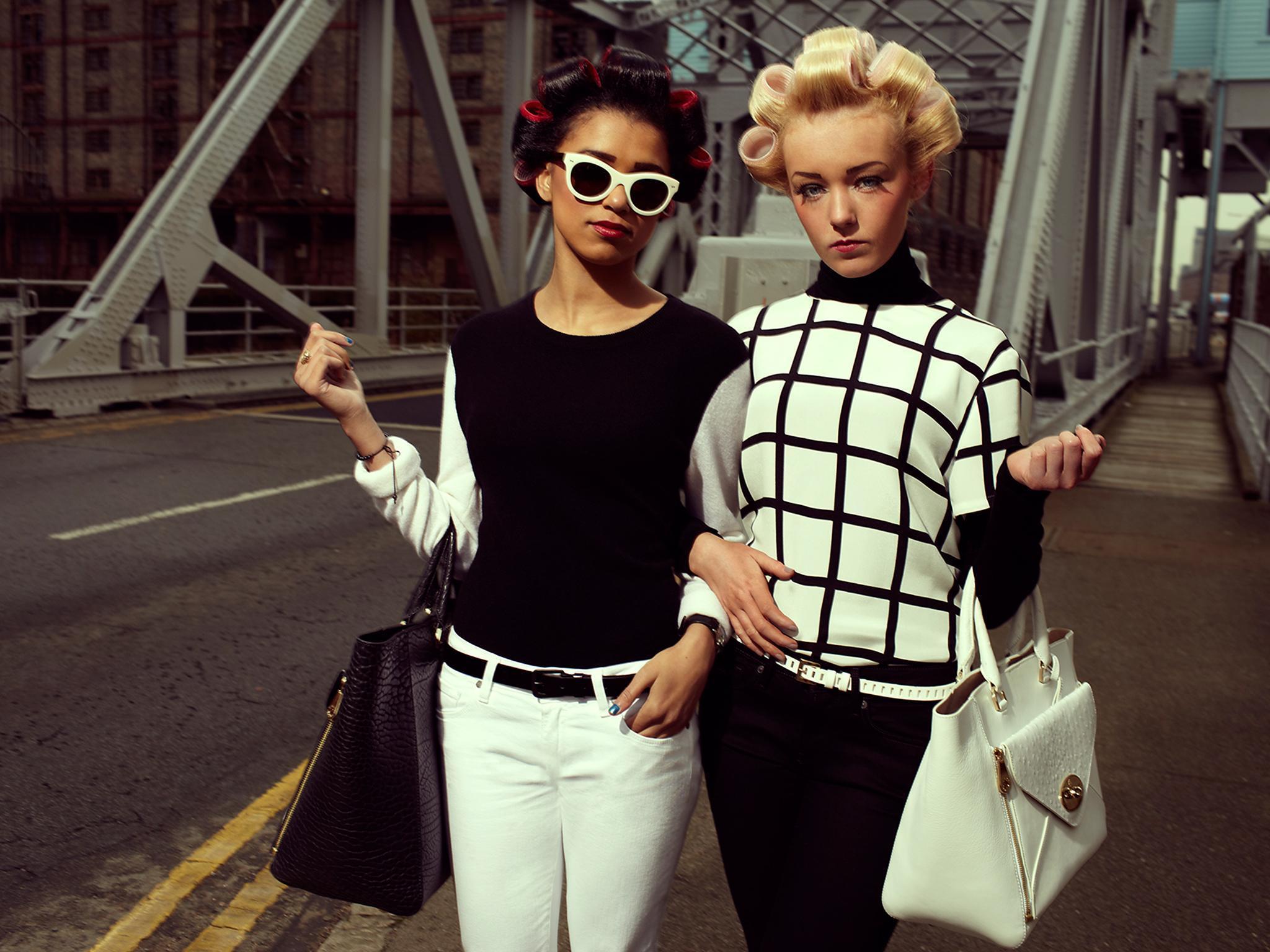The real Northern powerhouse: How fashion and design is heavily influenced by the north of England
A new exhibition in Liverpool explores how grass-roots design in the North of England has influenced the world

Your support helps us to tell the story
From reproductive rights to climate change to Big Tech, The Independent is on the ground when the story is developing. Whether it's investigating the financials of Elon Musk's pro-Trump PAC or producing our latest documentary, 'The A Word', which shines a light on the American women fighting for reproductive rights, we know how important it is to parse out the facts from the messaging.
At such a critical moment in US history, we need reporters on the ground. Your donation allows us to keep sending journalists to speak to both sides of the story.
The Independent is trusted by Americans across the entire political spectrum. And unlike many other quality news outlets, we choose not to lock Americans out of our reporting and analysis with paywalls. We believe quality journalism should be available to everyone, paid for by those who can afford it.
Your support makes all the difference.Manchester, Newcastle and Liverpool are rarely grouped alongside London, New York, Paris and Milan as capitals of fashion and style. But considering the vast impact the cities of northern England have had on youth culture across the world, perhaps they ought to be.
The paradox of a region all too often dismissed as “the grim North” in fact being the site of worldwide influence on design is being explored in the exhibition North: Identity, Photography and Fashion at the Open Eye Gallery in Liverpool, which paints the region as a different kind of powerhouse.
Just think of the Madchester music scene of the early nineties which gave birth to the likes of Happy Mondays, The Stone Roses, The Smiths and New Order.
Designers including Peter Saville, the creative mind behind the undulating cover of Joy Division’s Unknown Pleasure – since adopted as a street-style staple for t-shirts two decades later – is also a source of pride for Mancunians.
Gareth Pugh – best known for his outlandish, sculptural fashions – of Sunderland, Turner Prize winner Mark Leckey of Birkenhead, and the radical millinery of Stephen Jones and the pop-art inspired fashion of Christopher Shannon, both from Liverpool, show that the talent net is widely cast.
Co-curator Lou Stoppard, editor-at-large of Nick Knight’s Showstudio.com fashion platform, says the exhibition is “long overdue”. It was proposed when the former Chancellor George Osborne was promising to bolster the North of England to create a powerhouse – calls that have largely fallen quiet since Brexit.
“In many ways this show does feel timely, in part due to the climate of the country right now – there’s a focus on regional divides, splits in ideas and lifestyle We conceived the exhibition idea long before Brexit – the show has been over two years in the making – but that has increased our drive to look beyond the capital. You realise how huge areas of the UK can be overlooked and ‘othered’,” she tells The Independent.
To piece together the exhibit, the curators started at grass-roots level by delving into the archive of the Mass Observation Project – launched in 1981 to record everyday life in the UK with the help of 500 volunteers who kept diaries and answered questionnaires.
At the same time, the curators were keen to understand how the North entered fashion discourse in the fashion magazines of the 70s and 80s. As a result, Antwerp-born designer Raf Simons and Chicago-born streetwear guru Virgil Abloh are also explored in the show.
Stoppard argues that being smaller than other influential cities can engender a fearless “why not” attitude among residents.
“Alongside the famous names, an influence that we have identified is that of the everyday person,” explains Adam Murray, an academic based in Manchester who co-curated the exhibition. “The notion of high fashion taking inspiration from the street has become a cliché in itself, but in this instance it is true.
“It’s the sports fan, it’s the clubber, it’s the worker, it’s the teenager. All anonymous on their own, yet as a mass, prove to be more influential that just one individual.”
As a result, the exhibition emphasises how democratic style in the North can be when compared with the clean-cut aesthetics of Milan or Paris, and how it encompasses more than just a handful of famous designers.
“There is a climate in fashion exhibitions at the moment for the blockbuster, or the single designer retrospective,” says Stoppard. “There’s certainly a place for these, but often I think these kinds of exhibitions show some kind of far-off, fantasy version of fashion that people can only aspire to or dream of.”
“I hope people come to this show and recognise things that they experienced first-hand, songs they danced to, streets they walked, clothes they wore, clubs they visited, icons they adored. It sounds simple, but I want it to mean something to people.”
Join our commenting forum
Join thought-provoking conversations, follow other Independent readers and see their replies
Comments